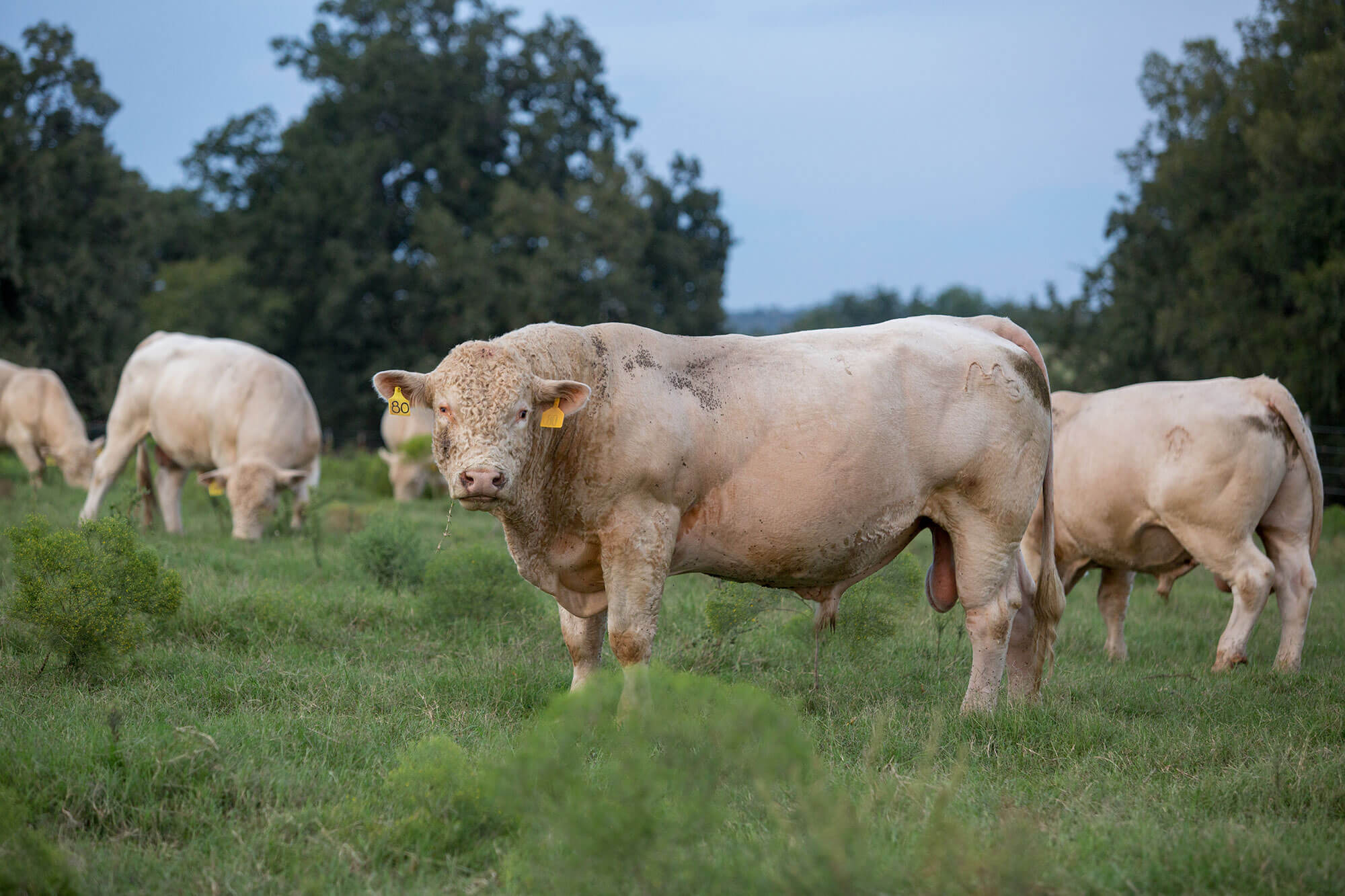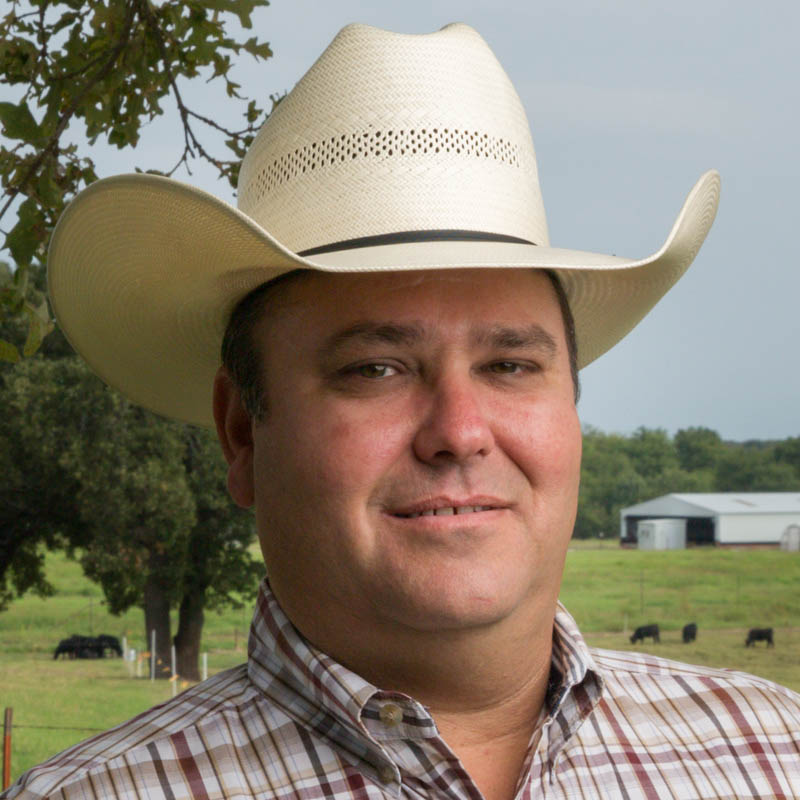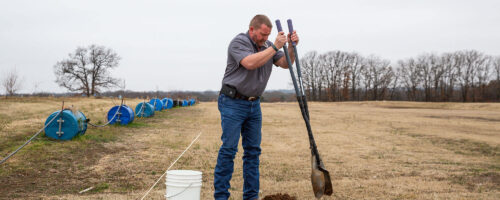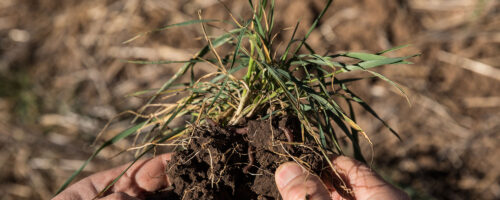How to Properly Manage Your Bulls for a Successful Breeding Season
Proper off-season management of bulls can ensure longevity within the herd and a subsequent successful breeding season.
A successful bull program does not happen by accident and requires planning all year long rather than only thinking about the bulls just before and during the breeding season. You may know the old adage that bulls account for one-half of the genetics on each calf, for all the calves he sires. This saying infers that a bull is extremely important to the success of the breeding program. However, bulls are often overlooked until it is time to turn them out for the breeding season. Proper off-season management of bulls can ensure longevity within the herd and a subsequent successful breeding season.
Evaluate Seasoned Bulls
Seasoned bulls should be evaluated for soundness and body condition when they complete each breeding season. It has been said that bulls should go into the breeding season wearing their Sunday best and come out wearing working clothes. These bulls will probably come out of the breeding pasture in lower-than-optimal body condition but will have nine to 10 months to recover body condition. Good quality pasture is typically adequate to accomplish this increase in body condition for mature bulls.

Make sure the bull has not sustained any injury that requires medical attention or that could impair his ability to be a sound breeder in the future. Additionally, consider if the bull is reaching an age that will limit his ability to effectively breed cows for the next year. Things to look for include structure issues, inability to hold body condition, and loss of or worn teeth.
If a bull is in question, plan to purchase his replacement well enough in advance so there is still a good selection of bulls at a reasonable price, preferably in the fall of the year before the spring that the replacement will need to be used.
Choose a Replacement
At some point, every ranch must purchase a replacement bull. Naturally, this bull should be a young, virgin animal that is still growing. When determining bull-to-cow ratio in young bulls, a good rule of thumb is a bull should service as many cows as he is old in months. For example, a 17-month-old bull should only be expected to service 17 cows at most for the first breeding season. This assumes he has successfully passed a breeding soundness exam by a veterinarian.
It is always recommended to provide adequate quality forage, clean water and high quality mineral for bulls year-round.
Additionally, the young bull should have adequate but not excessive body condition, preferably a score of approximately 6 at turnout. How much time is left before the anticipated turnout date will determine the minimum age and weight of the bull at purchase.
Develop Your Growing Bull
If the bull is purchased in the fall for an expected spring turnout date, you have time to develop him correctly before he goes out to the cow herd. Plan on growing the bull at a modest rate of 2 pounds per day from purchase to breeding season. If he is purchased in October for an April turnout, you have six months to add additional weight to the bull. This will be accomplished by a combination of forage (pasture/hay) and supplementation.
In a controlled breeding season, it is not uncommon for a young bull to lose up to 1 ½ of his body condition score (approximately 150 pounds). When this occurs, he will most likely need additional feed supplementation to continue growing and developing to his full genetic potential before the second breeding season. This may require the young bull to be pastured separately from mature bulls so he can receive additional supplemental feed during the first off-season. Work with a county extension agent or livestock nutritionist to develop a growing-bull nutrition program that is cost effective.
Conduct a Breeding Soundness Exam
Remember to conduct a breeding soundness exam on each bull prior to the breeding season. Veterinarians typically suggest 60 days in advance of turnout in case the bull fails the first test. A retest should occur 30 days after the first test. If he fails the recheck, you still have time to find a replacement bull. You will need time to find a suitable replacement that meets the goals of your operation rather than just finding a fertile bull. The closer to turnout date it gets, the less quantity and quality bulls of service age are available and the cost typically goes up for these bulls.
Develop a Health Program
Do not forget about an effective herd health program for your bulls. All bulls should receive viral respiratory complex vaccine booster (five-way vaccination for infectious bovine rhinotracheitis (IBR), bovine viral diarrhea virus (BVDV), parainfluenza 3 (PI3) and bovine respiratory syncytial virus (BRSV). It is recommended to vaccinate against the leptospirosis and vibriosis breeding diseases as well. Additionally, guarding against internal and external parasites will increase the health status of the bull.
Use a quality anthelmintic to control internal parasites. Flies, ticks and lice can be easily controlled with a combination of ear tags, topical treatment and back rubs. Be sure to rotate classes of active ingredients to reduce resistance issues.
Do Not Overwork Him
Cow-to-bull ratios need to be evaluated based on pasture size and terrain, age of the bull, and whether or not an estrous synchronization program will be used. Young bulls should not be overworked because there is a higher probability of injury or a reduction in body condition great enough that negatively impacts sperm quality. Typically, most managers will use a ratio of 20 to 25 cows per bull. However, if a synchronization program will be implemented, the ratio may need to be lowered to ensure enough bull power to cover all the cows, as they will all cycle in a very short time span.
In general, it is always recommended to provide adequate quality forage, clean water and high quality mineral for bulls year-round. It takes about 60 days for spermatogenesis to occur. This means that how a bull is managed and fed two months in advance of the breeding season can have an impact on semen quality at the beginning of the breeding season, thus, how many cows he can successfully get bred in the early part of the breeding season.
Pay Attention Year-Round
Now is the time to critically evaluate your bull herd and make any necessary adjustments to the nutrition program, if necessary. Additionally, you should schedule an appointment with a veterinarian for a breeding soundness exam to ensure enough time to find replacements if the need arises. Remember, your bull is the most important employee on your ranch. Make sure you pay attention to his needs year-round.



Comment